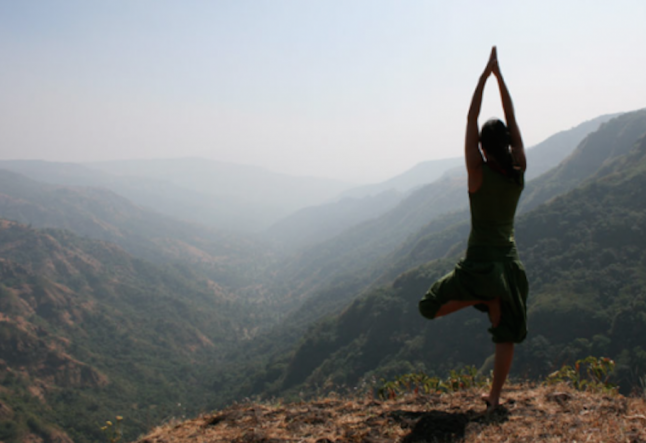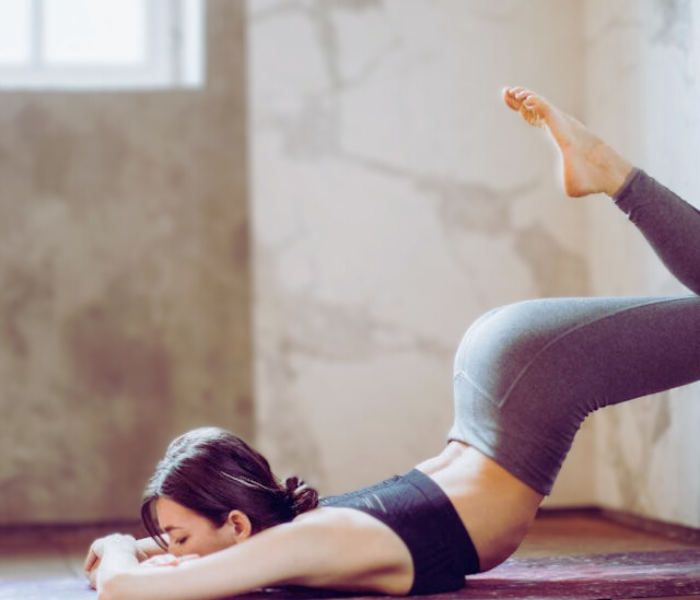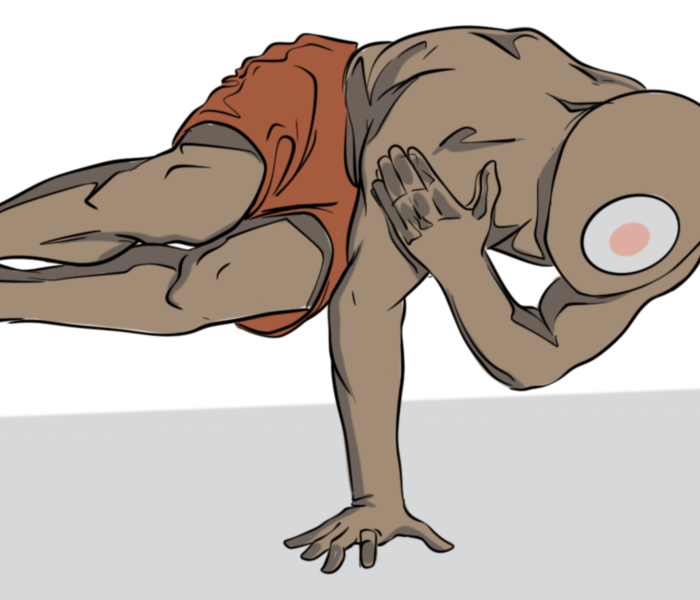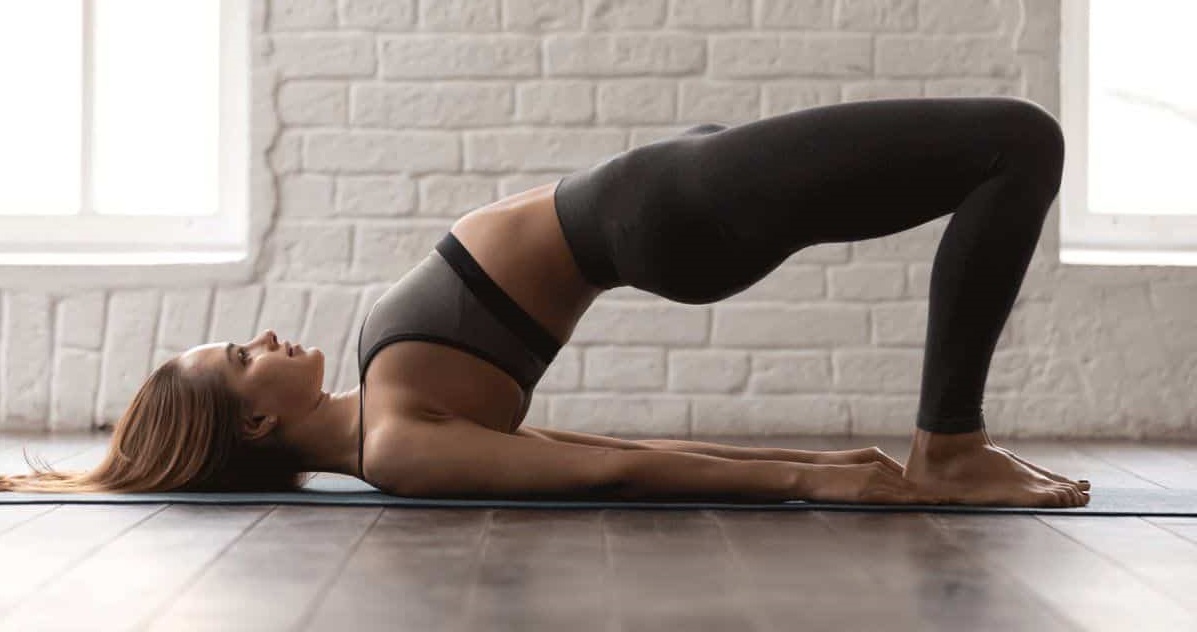beginners modification during asana
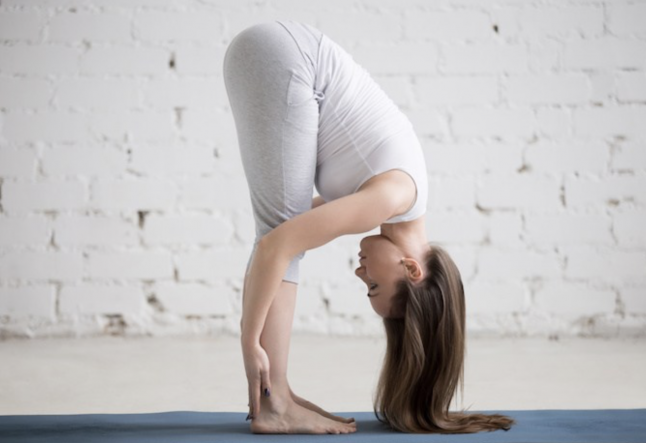
gentle pose modification options for beginners
As a beginner to Yoga, it is important to take our time to understand the transition and development of a pose. Enjoy these simple but useful tips to enhance your practice and support your alignment.
Forward Fold
During a forward fold, keep your knees bent. The idea with forward fold is to elongate the spine by hinging at the waist, bending forward and letting go. Gravity helps and as you become more flexible, you will be able to start placing your palms under your heals and melting the heart toward the mat without any tension in your neck or any feeling of stretching in your hamstrings… you’re on your way!
I like to incorporate a vinyasa flow into the warm-up and practice simply because your first forward fold is nothing compared to your last. Practice keeping your knees bent, and your feet shoulder distance apart. Focus on developing your steadiness and awareness of the different sensations that occur while surrendering to the posture.
Over time you’ll know that during a forward fold you might shake your head a little to release the neck. Be aware of the hollow in your belly, of the rooted feeling of the soles of your feet to the mat. While still a beginner, make sure that you move to the edge of your comfort zone, observing and experiencing the weaving together of body and mind.
Remember that a pose is so much more than getting into position: to make your posture much more powerful, spread your focus from the bottom of the feet all the way upward through the body, making the necessary adjustments for alignment.
Stepping back to plank
I usually instruct walking back to plank instead of jumping, because it helps reduce the risk of injury while the body is still warming up. There’s a lot involved in developing enough strength and balance in the upper torso, to be able to start jumping back the right way. You might see others that are practicing at a level you would like to beat, but don’t attempt to try it without instruction from the teacher and certainly not before you’re ready.
½ Push-up position during chaturanga
Lowering down from plank to a facedown position is not the easiest. Your hands should be positioned under the shoulders, elbows hugging the midline, thighs spiraling inward, and hips in line with the shoulders. Develop your strength by lowering your knees to the mat before lowering down to reduce tension.
½ Baby cobras
You’ll know you’re ready to move from baby cobras to an actual cobra if you can lift the torso from behind the heart and float your hands off the mat. ½ cobra teaches muscle memory: shoulders are back, pelvis and upper thighs are pressing firmly into the mat, the heart is lifted from behind, the gaze is soft. Try pulsing baby cobras energetically while pulling the palms of your hands toward your hips on the mat.
Passing through cat pose on your way into a downward dog
Lifting the sit bones up during the transition from the floor to a downward dog could be a strain on the shoulders if you’re not extending the energy up through the hips through Hasta Bandha. Honor your practice by being kind to yourself and come up on your knees, tuck your toes and then on the exhale send the hips up into downward dog. Develop strength in the abdominals and shoulders through this dynamic movement.
Ardha uttanasa
Place your hands below your knees, keep your back straight, and focus on lengthening the spine from the hips out to the crown.
Remember that yoga is a practice and that it takes time and dedication to link the breath, focus, balance, and alignment altogether. Be patient and keep it playful.
Read next >> 3 foot strengthening yoga moves to keep the pregnancy niggles at bay
